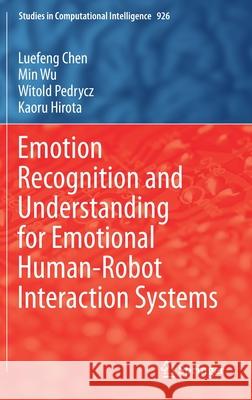Emotion Recognition and Understanding for Emotional Human-Robot Interaction Systems » książka
topmenu
Emotion Recognition and Understanding for Emotional Human-Robot Interaction Systems
ISBN-13: 9783030615765 / Angielski / Twarda / 2020 / 247 str.
Kategorie:
Kategorie BISAC:
Wydawca:
Springer
Seria wydawnicza:
Język:
Angielski
ISBN-13:
9783030615765
Rok wydania:
2020
Wydanie:
2021
Numer serii:
000318395
Ilość stron:
247
Waga:
0.54 kg
Wymiary:
23.39 x 15.6 x 1.6
Oprawa:
Twarda
Wolumenów:
01
Dodatkowe informacje:
Wydanie ilustrowane











